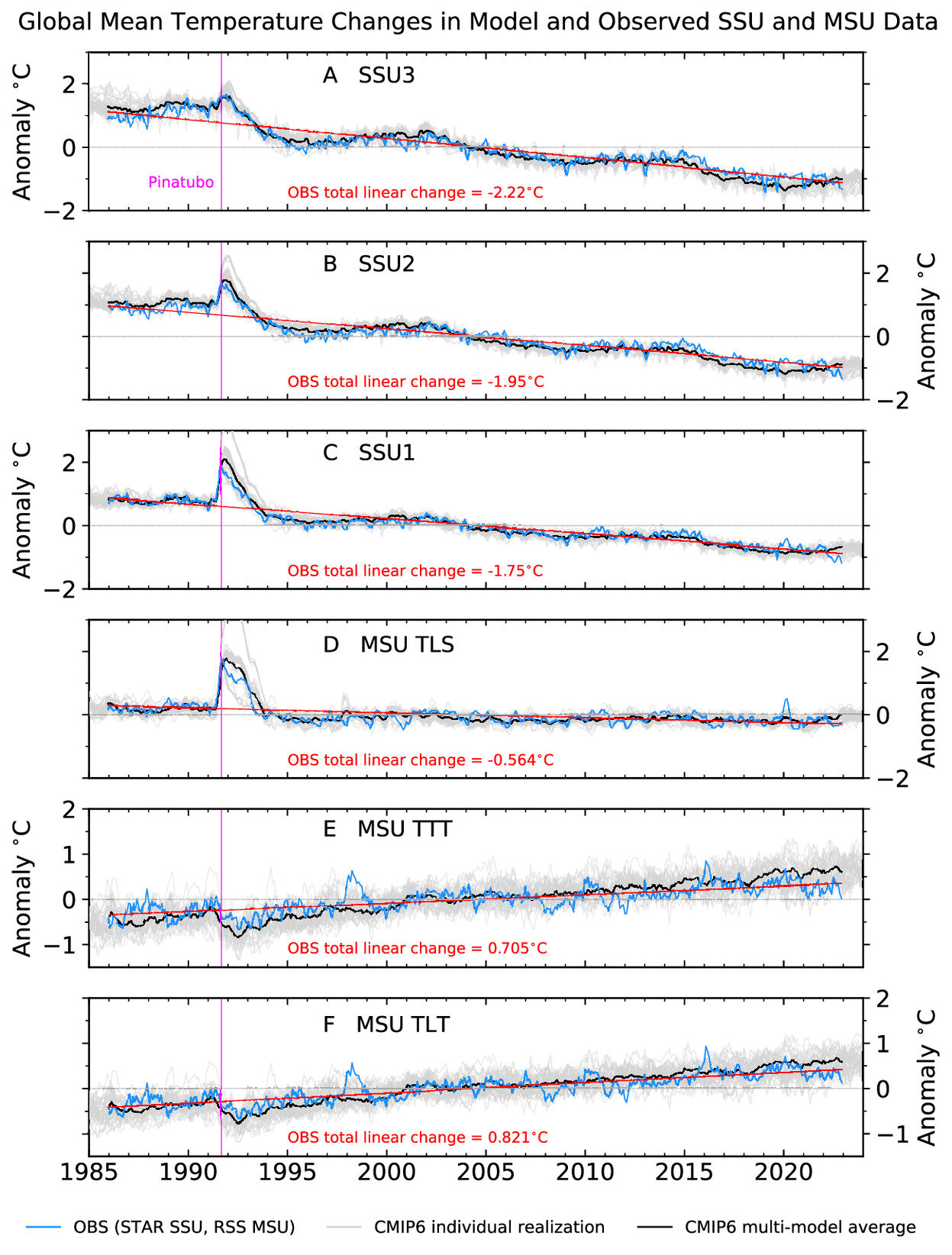Science: Fossilized Bat Unearthed by Paleontologists is 52 Million Years Old.
The fossil of Icaronycteris gunnelli Rietbergen et al., 2023, PLOS One, CC0 The fossil record is biased against bats. The flying mammals are small, making their fossilized remains very hard to find. And their light skeletons—ideal for flying around—mean it takes special circumstances for their bodies to be preserved. And yet, against these odds, paleontologists …

/https://tf-cmsv2-smithsonianmag-media.s3.amazonaws.com/filer_public/d4/90/d4903aac-4567-4615-9fb6-8812b3594a2e/journalbat_web.jpg)


/https://tf-cmsv2-smithsonianmag-media.s3.amazonaws.com/filer_public/ae/35/ae355dd3-1fbe-4956-9069-d5e653647bee/2c61kde_web.jpg)


/https://tf-cmsv2-smithsonianmag-media.s3.amazonaws.com/filer_public/f3/23/f3238aed-6494-4c5a-8c5a-6e975da86d42/ravenstortoise_web.jpg)


